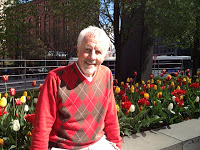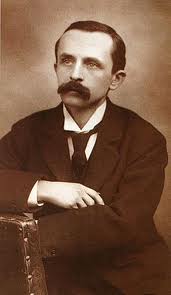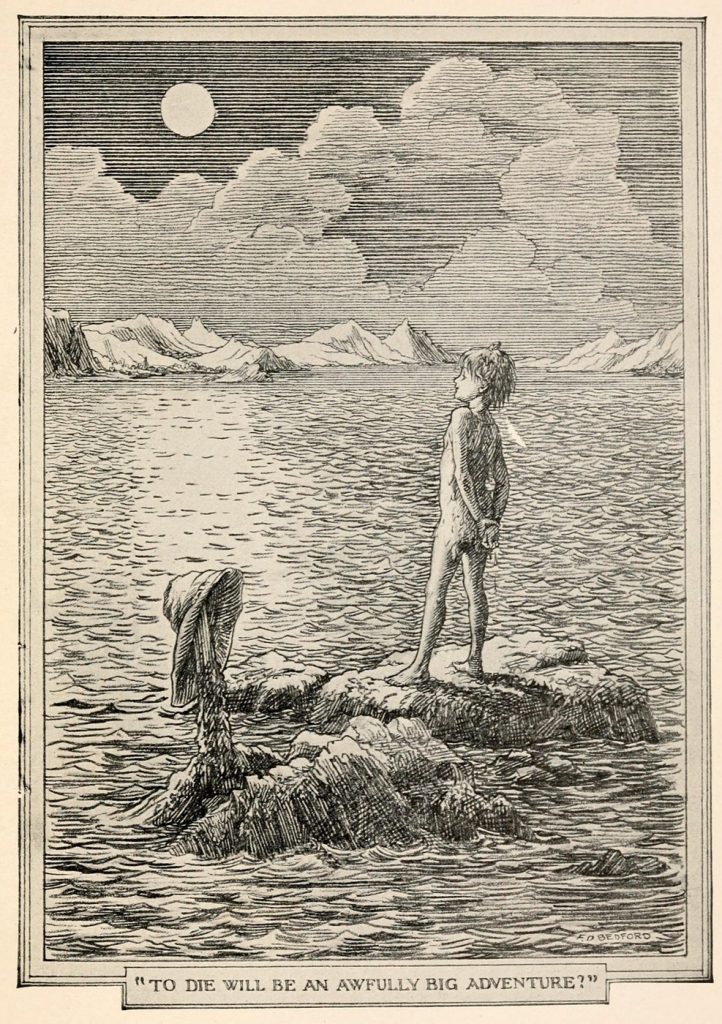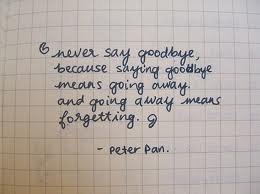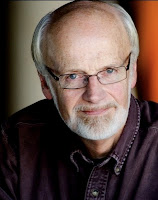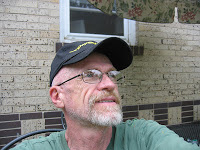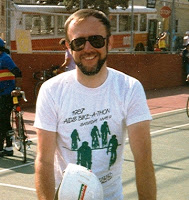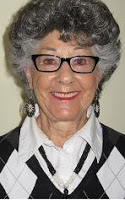C.
relationship to him, a kind of maturing friendship that clarified my need to
take care of another person who was dying. I wanted to attend to him at the end
of his life and realized I’d willingly take a leave of absence from work to do
so. This seemed a great change for me. It also clarified my anger at the church
and society for their often callus response to gay folk in general and
specifically to those living with and dying from HIV-related diseases. It seemed
that in our society to debate long-held fears was more important than to
support people—the real places of life and death.
teach me more about the issues and about myself before his death. The last time
we were together—a several-day stay at his home in San Francisco—we visited San
Francisco General Hospital, and I walked around Pacific Heights while he met
with his psychiatrist. We heard Beethoven’s “Missa Solemnis” together, and he
taught me how to smoke marijuana. He
told me that when his KS lesions so distressed him, he complained to his HIV
physician. “I just can’t stand to look at them.”
visit. I wanted to return to be with him. Although I volunteered, I wasn’t
called in at the end, which frustrated me. Still, I was able to attend his
memorial service, an experience of balloons, tributes, music, and love.
Project as a kind of memorial to my long-time friend Ted. There I met Michael,
a man who came to me for massage. I noticed that he was noticing me. He wanted
more massage. When later he came to my home studio to receive one, I was
pleased and served tea at the end of the session. Then he wanted more than
massage. We began seeing each other socially. Of course, I knew he was HIV
positive. What I didn’t know was that he was losing weight rapidly and that his
numbers were going in the wrong directions. When I realized these distressing
trends, I suggested that at his next medical appointment he show the swollen
lymph nodes in his neck and groin and insist that someone touch them. He did so
and the tests that ensued pinpointed non-Hodgkin’s lymphoma. I started spending
most nights at his place when he started chemotherapy and discovered just how
much I had come to love him in our short time together. As he sickened I did
more and more of his yard and housework. I wanted him to be comfortable and I wanted
to enjoy his company.
breakfast, to eating out, and to living with another man. I was an avid
learner. He also was the occasion for me to see the down side of some gay relationships
particularly as relates to family complications. When his brother and elderly
mother were coming to see him after his chemotherapy had to be discontinued, he
asked me to move back to my apartment during their stay. I was confused but also
realized we are what we are: he was who he was, I was who I was, both imperfect
when coping with the extremities of life. I made sure I dropped by to meet his
family, to be for them one of Michael’s friends. I never knew what they understood
of our relationship.
for Ted: made him comfortable, showered him with my love, sat by him while he
took his final breaths. My sadness mixed with love at his death. I was so
pleased that I had cleaned up after him, prepared his food, and loved him in
the most practical ways possible—the work of family and of gay lovers in the
face of AIDS. In it all, I came to appreciate the effective work of Denver
Health’s clinics and staff. I appreciated the attentions of other friends of
this lover of mine. His memorial service brought together a wide variety of
folk who celebrated his life, friendships, and love.
we liked each other. Eventually we got together after a frustrating courtship
characterized by my wondering where this cute man was. We came together with an
emotional intensity that surely would have entertained both Ted and Michael and
that surprised me. It also thrilled me to my innermost gay self that I was
still discovering.
intense relationship. I said that was fine and told him about Ted and Michael.
We set up housekeeping, but in a few weeks he was growing ill. He too was a
client at the Infectious Diseases Clinic at Denver Health. I warned him I might
cry when we went there because of my memories of going to the same kind of
appointments with Michael.
meet his family before he ended up in the hospital. That didn’t happen. I met
his brother in his room at Denver Health. Later I met his parents and sister at
the same place. I stood by him and helped his family as his illness worsened. We
waited during a surgery on his aorta, made visits to the Intensive Care Unit, the
Intensive Care Step-down Unit, and other floors where he was treated. Finally,
a diagnosis of full-term hepatitis C emerged. Two weeks later, after a one-day
home hospice attempt, the Hospice of St. John took him in. There he died.
was pleased to be included. He had told his parents they’d not be welcome in
our home if they in any way excluded me. This frail man of indomitable spirit
took care of me with his family as I took care of his daily needs. Our love’s
intensity sustained and wrecked us both at the end. I let go gently, deeply
saddened, and with startlingly grateful respect for this man’s life and death.
But I was also afraid of the effect the loss of such an intense relationship
would bring. The resulting low I experienced was as intense as the heights of
the love we shared. I survived. I felt as if Saints Ted and Michael attended me
in my adoration of the beautiful and strong Rafael.
and family trauma and drama continues to affect my life daily. Friends and
clients still live and die with its effects. Memories seared deeply into my
brain and body accompany my every move. I continue to hate the disease while I
love those with it, both past and present.
About the Author
Phillip Hoyle lives in Denver and spends his time writing, painting, giving massages, and socializing. His massage practice funds his other activities that keep him busy with groups of writers and artists, and folk with pains. Following thirty-two years in church work, he now focuses on creating beauty and ministering to the clients in his practice. He volunteers at The Center leading “Telling Your Story.”

